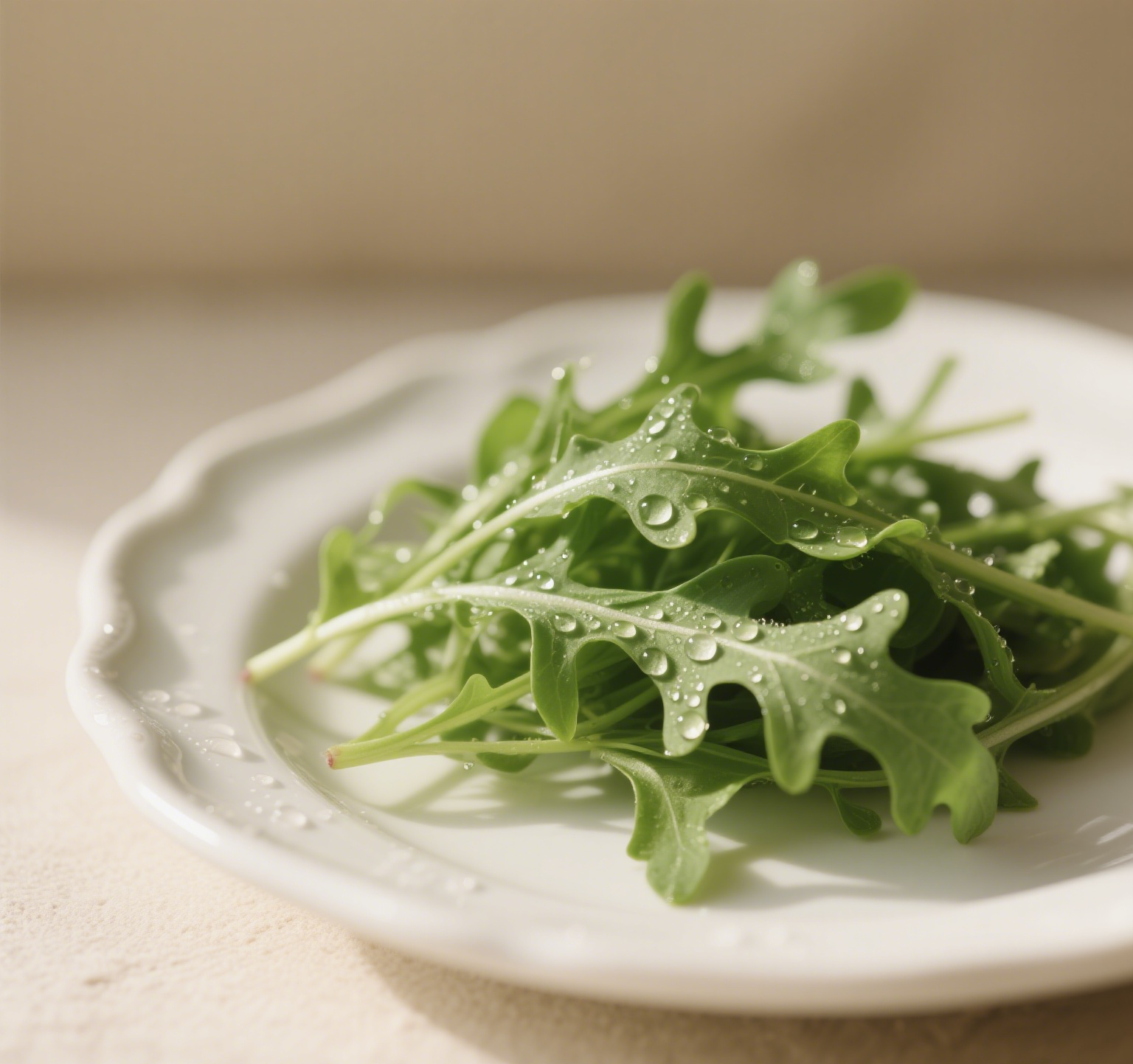Physical Address
304 North Cardinal St.
Dorchester Center, MA 02124
Physical Address
304 North Cardinal St.
Dorchester Center, MA 02124
The Peppery Supergreen That Packs a Punch
Let’s be honest: Arugula is the rebel of the salad bowl. It doesn’t meekly wilt under dressing like timid lettuce—it bites back with a peppery kick, dances on your taste buds, and leaves you wondering, “Did my greens just sass me?” But beyond its audacious flavor, arugula (aka rocket) is a nutritional powerhouse disguised as a leafy underdog. So why is this zesty green so damn good for you? Buckle up—we’re diving into the science, history, and culinary swagger of the veggie world’s coolest misfit.

First, let’s address the elephant in the garden: Arugula’s flavor. Imagine spinach and a black pepper shaker had a lovechild raised by Italian grandmothers. That’s arugula. Its signature peppery punch comes from glucosinolates, sulfur-rich compounds that also give horseradish and mustard their fiery personalities. But unlike those condiment divas, arugula whispers, “I’m here to nourish you, not burn your sinuses.”
Nutritionally, this green is overachieving. One cup of raw arugula serves up:
As food scientist Dr. Lena Leafwell jokes, “Arugula is what happens when kale gets a personality transplant.”
Long before arugula became a hipster café staple, it was fueling emperors and aphrodisiac seekers. Native to the Mediterranean, this leafy rebel was beloved by:
Fast-forward to today, and arugula’s still causing a stir. It’s the Beyoncé of pizza toppings, the secret weapon in pesto, and the reason your salad has more depth than a Shakespearean monologue.
Why should you care about this peppery upstart? Let’s count the ways:
Arugula’s glucosinolates break down into sulforaphane, a compound studied for its anti-cancer properties. Research suggests it may help detoxify carcinogens and slow tumor growth. In other words, arugula’s like a tiny, leafy bodyguard for your cells.
Thanks to sky-high vitamin K levels, arugula supports bone density and blood clotting. Eat enough, and you’ll be sturdy enough to carry all your grocery bags in one trip—like a boss.
Vitamin C + antioxidants = collagen production and UV damage defense. Translation: Arugula is salad’s answer to Botox.
At just 5 calories per cup, arugula lets you pile your plate sky-high without guilt. Plus, its fiber and water content keep you fuller longer. Take that, hangry cravings.
Nitrates in arugula may improve blood flow and lower blood pressure. It’s basically a leafy defibrillator.
As nutritionist Marco Greenblatt puts it, “Arugula doesn’t whisper health—it shouts it from the rooftops.”
Let’s settle this leafy rivalry once and for all:
| Category | Arugula | Spinach |
|---|---|---|
| Flavor | “Spicy daredevil” | “Mild-mannered sidekick” |
| Vitamin K | 100% DV per cup | 121% DV (but cooks down to nada) |
| Calcium | 6% DV | 3% DV |
| Best For | Raw salads, pizzas, pesto | Smoothies, soups, quiches |
| Personality | Edgy tattoo artist | Reliable math teacher |
Verdict? Arugula wins for boldness and raw nutrient retention. Spinach is great… if you’re into subtlety.
Tired of the same old salad? Let’s rocket-launch your recipes:
Pro tip: Massage arugula with lemon juice to mellow its bite. Yes, even greens enjoy a spa day.
Before you go full rabbit-mode, a few caveats:
As comedian chef Lenny Lettuce jokes, “Too much arugula? That’s like complaining about too much confetti at a party.”
So why is arugula so good for you? It’s a nutrient-dense, flavor-packed, history-rich green that refuses to be boring. Whether you’re tossing it in a salad, wilting it into pasta, or blending it into a smoothie (brave soul), arugula delivers a health boost with a side of personality.
In the words of a viral food meme: “Life’s too short for bland greens. Be the arugula in a world of iceberg.” Now go forth, embrace the pepperiness, and let your taste buds rebel. Your body—and your inner Roman emperor—will thank you.